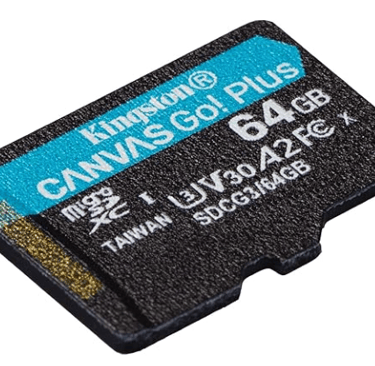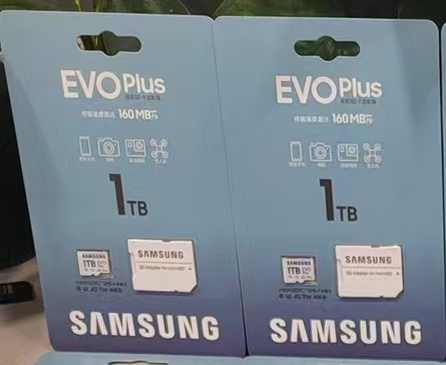The Ultimate SSD Buying Guide: How to Choose, Install, and Maximize Your Solid-State Drive
ELECTRONICS
3/3/20253 min read


Solid-State Drives (SSDs) have redefined computer performance across desktops, laptops, and even gaming consoles. If you're confused by M.2, NVMe, SATA, form factors, or simply wondering "how to move Windows to SSD," this deep-dive guide is for you.
What Is an SSD and Why Is It Better Than HDD?
An SSD (Solid-State Drive) is a storage device that uses flash memory to store data, which makes it significantly faster than traditional Hard Disk Drives (HDDs). HDDs rely on spinning disks and moving read/write heads. SSDs? No moving parts. Just speed.
Faster boot times
Quicker file transfers
Better durability
Silent operation
Lower power consumption
In simple terms: SSDs are faster, quieter, and more reliable.
SSD Form Factors and Interfaces Explained
The shape and connector type of an SSD determines whether it's compatible with your system. Here are the most common types:
2.5" SATA SSD – The most widely used, fits most laptops and desktops.
M.2 SATA SSD – Compact; uses SATA protocol, not much faster than 2.5" SATA.
M.2 NVMe SSD (PCIe) – Lightning fast, connects via PCIe lanes.
U.2 SSD – Typically found in servers and workstations.
PCIe Add-in SSD Cards – Plug into motherboard directly, used for high-end setups.
Choosing the Right SSD for Your Device
Wondering how to choose the right SSD for your laptop, PC, or console? Start with these questions:
What is your budget?
Is it for gaming, office, or server use?
Does your motherboard support NVMe or only SATA?
Do you need more than 500GB or will 120GB be enough?
For budget-conscious users: SSD 120GB or SSD 240GB models from Goldenfir, SmartBuy, or Kingspec.
For gamers or creatives: SSD 1TB NVMe or SSD 2TB PCIe 4.0 like Samsung 980 PRO.
SSD Capacity Breakdown: From 60GB to 2TB
SSD 60GB / 64GB – Basic OS installation, tight on space.
SSD 120GB / 128GB – Ideal for older laptops or secondary storage.
SSD 240GB / 256GB – Balance between price and usability.
SSD 500GB / 512GB – Sweet spot for most users.
SSD 1TB / 2TB – Power users, gamers, or media editors.
NVMe vs SATA: What’s the Difference?
SATA SSDs top out around 550MB/s.
NVMe SSDs (like Samsung 970 EVO) reach 3000–7000MB/s.
Use case: SATA is great for general upgrades, NVMe for performance enthusiasts.
SSD for Laptops: What You Need to Know
Laptops benefit massively from SSDs. You’ll see instant speed boosts with even a SATA SSD. Key tips:
Check if your laptop supports M.2 or only 2.5" drives
For ultrabooks or MacBooks, check if you need 2242, 2280, or Apple-specific SSDs
Some models like MacBook Air or MacBook Pro require Thunderbolt-compatible or Apple SSDs
How to Install an SSD in Your Laptop or PC
Power off your device.
Open the case or laptop panel.
Insert the SSD (use bracket or salazki if needed).
Connect SATA cable or M.2 slot.
Initialize and format in Windows Disk Management.
BIOS and SSD: What to Do If Not Detected
Ensure SSD is connected properly.
Switch from UEFI to Legacy or vice versa.
Initialize the SSD if marked as unallocated.
If M.2 is not detected, ensure it's NVMe-compatible.
Migrating Windows OS to SSD
No one wants to reinstall everything. Use tools like:
Macrium Reflect
Samsung Migration Software
AOMEI Backupper
Paragon Migrate OS to SSD
Clone the system from HDD to SSD, reboot, and you're done.
SSD Speed Testing and Monitoring
Want to check SSD health and speed? Use:
CrystalDiskMark
AS SSD Benchmark
Victoria HDD/SSD
SSD Life Pro
Smart Monitoring Tools
SSD Maintenance Tips
Don’t defragment SSDs
Enable TRIM in Windows
Keep at least 10% space free
Update firmware via Samsung Magician, WD Dashboard, or ADATA Toolbox
Popular SSD Brands and Models
Samsung – 850 EVO, 860 EVO, 970 EVO Plus, T5, T7
Western Digital – WD Blue, WD Green, WD Black
Kingston – 120GB, 240GB, 480GB
Crucial – BX500, MX500
Adata, Sandisk, Seagate, Netac, Apacer, Transcend
External and Portable SSDs
Samsung T5, T7 – Top-tier performance, portable
Sandisk Extreme Portable SSD – Rugged and fast
WD My Passport SSD – Reliable and compact
Perfect for moving large files or backups between machines.
SSD for Special Use Cases
For Gaming: Use fast NVMe SSDs for games like Tarkov
For Servers: Enterprise-grade SSDs like Intel Optane or U.2 drives
For PS4/PS5: Use SATA or USB external SSD
Troubleshooting Common SSD Issues
SSD not initialized – Initialize in Disk Management
Drive not detected – Check BIOS, cables, drivers
Slow performance – Enable AHCI, check TRIM, check disk health
Understanding SSD Terminology
TBW (Terabytes Written) – SSD lifespan
SLC, MLC, TLC, QLC – NAND flash types, affect endurance
GPT vs MBR – GPT supports large drives & UEFI
PCIe 4.0 vs 3.0 – 4.0 is faster, needs compatible motherboard
Final Thoughts: Why SSD Is a Must-Have Upgrade
No matter if you're building a custom PC, upgrading an old laptop, or setting up a gaming rig, SSDs offer the most noticeable performance improvement you can buy. From budget-friendly 120GB drives to ultra-fast 2TB NVMe monsters, there's something for everyone.
Contact Us for Wholesale SSD Inquiries
📞 WhatsApp: +8618136773114
📧 Email: leonxu0317@gmail.com
Leonwholesale - Bulk Storage Solutions, Delivered.
#SSD #SamsungSSD #WDSSD #NVMe #SATA #SSDUpgrade #SSDforLaptop #GamingSSD #ExternalSSD #SSDTest #SSDInstallation #SSDCloning #SSDvsHDD #Leonwholesale


